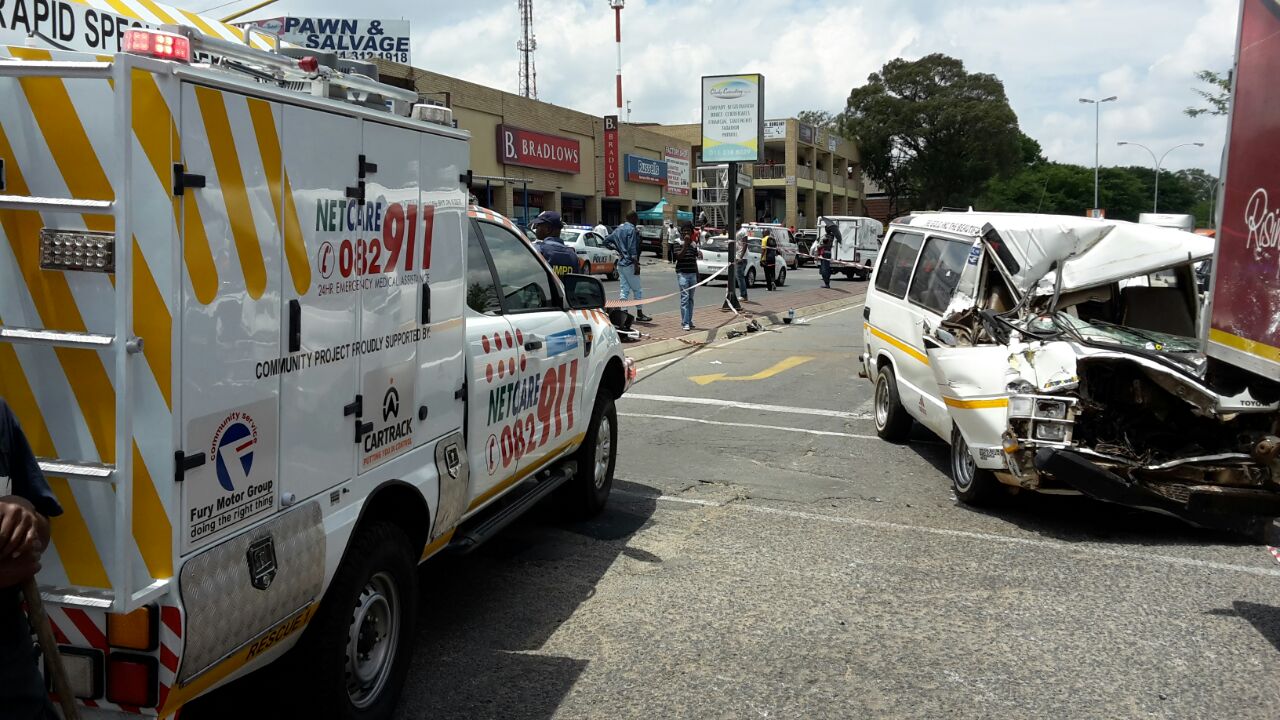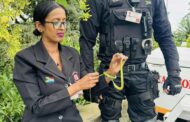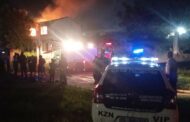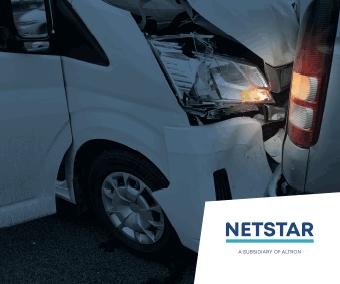Nothing beats a good old-fashioned braai among family and friends over the festive season.
ER24 reminds members of the public, however, to keep in mind everyone’s safety while celebrating over the holidays.
Vereeniging Base branch manager, Andre Bronkhorst, said prior to starting a braai or any other open fire consider keeping a fire extinguisher close by. Good ventilation is essential as smoke and gases from a fire can possibly kill someone.
“Ensure all flammable solids and liquids are in a safe place. Ensure you are permitted to start a fire where you want to braai,” said Bronkhorst.
You should also ensure the weather conditions are conducive for a braai. If you are expecting strong winds, start the braai in an area where runaway fires can be avoided.
The braai stand should not be in a position where it blocks the only escape in the event of a fire. The braai stand should also be sturdy. You must be able to place some weight on the stand without it collapsing. Ensure it won’t topple over if bumped.
Also ensure there is no chance of burning coal falling out of the stand.
Bronkhorst said the safest way to start a fire is by using old paper or firelighters. “Liquid firelighters can be used but remember it may react differently from conventional firelighters. Some people prefer using petrol, diesel, alcohol or thinners but you should always keep in mind the structures and people around you and how the ignition of the fire will affect people and flammable materials around the braai area,” said Bronkhorst.
Fuel
Remember a fire started with fuel can transfer from the braai stand to the container holding the fuel. If fuel is poured and then lit, be cautious of the gas released. It can cause a larger flame than anticipated.
Providing an example of a braai that ended badly, Bronkhorst said, “A person threw fuel on a fire not realising the flame may transfer into the container. When the flame transferred into the container he tried shaking it to get rid of the flame. In the process he spilled burning fuel on his child and surrounding family members causing severe burn wounds to several of them. The house was also set alight,” he said.
Wood
If you use wood make sure you choose wisely. For example, wood from the Tamboti tree, part of the euphorbia family, should be avoided. Smoke from this wood can cause nausea, diarrhoea, vomiting, severe stomach cramps and even death. Cedar wood should also be avoided, as its smoke may be harmful. Most wood from evergreen trees release more creosote and increase the possibility of poisoning and fires.
Children
Adult supervision is non-negotiable when children are around open fires.
Children tripping and falling into or against an open fire resulting in serious burns is a possibility. Flying embers may also cause injuries to children. “Unsupervised children may also play with fire and cause flash fires and severe injury to themselves and others. Children walking past braai stands may not think the stand is hot and accidentally place their hands on the braai resulting in severe burn wounds,” said Bronkhorst.
Every parent should educate their children about the danger of fires. Teach them what to expect, do and not do. “Few people realise it but throwing sealed glass containers or plastic containers with some fluid in a fire can cause an explosion. The fluid in the container heats and lets off steam. This increases the pressure in the container causing it to forcefully rupture,” said Bronkhorst.
Burns
In case of burns:
- Remove the person from the heat source.
- If possible, remove clothes and jewellery. It is important to do this before swelling begins, however, avoid breaking blisters.
- Keep the effected area under lukewarm water for at least 15 to 20 minutes. If the burn area is affecting the person’s face, ensure the person is able to breathe while cooling the wound with water.
- A burn wound that causes the skin to become red only generally does not need extensive treatment. However, any wound that causes a blister larger than the surface of one’s palm needs to be seen by a medical professional.
- Never apply oil-based substances to any burn. Some people believe butter, oil or shoe polish will treat the burn. However, the person stands a greater chance of infection and further wound damage if the correct substances are not applied.
- Phone ER24 on 084 124 in case of burns.
Types of burns explained
People can sustain first, second or third-degree burns. Below is a description of each:
- First-degree (superficial) burns affect only the epidermis (outer layer of skin). The wound is generally red and painful but no blisters appear on the burn surface.
- Second-degree (partial thickness) burns. Second-degree burns involve the epidermis and part of the dermis layer of skin. This burn injury may produce severe pain and blisters may show on the burn injury.
- Third-degree (full thickness) burns. This burn wound affects the skin all the way to the muscle or fatty tissue. These burn wounds generally have a waxy appearance and may be painless as the burn may be deep enough to damage the underlying nerves.
Fire extinguisher
Memorise the word PASS to remember how to use a fire extinguisher if needed.
P – Pull. Pull the safety pin.
A – Aim. Aim at the base of the flames (the burning material not the flames).
S – Squeeze. Apply pressure to the handle to open the valve and release the extinguisher’s contents.
S – Sweep. Move the extinguisher in a sweeping motion.
Also view:

























